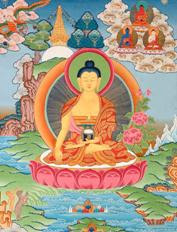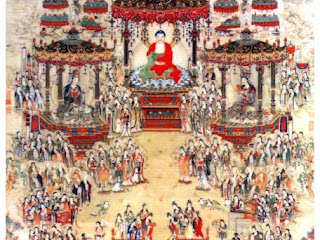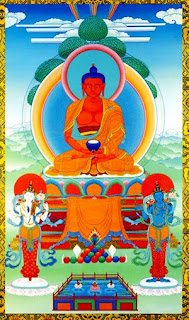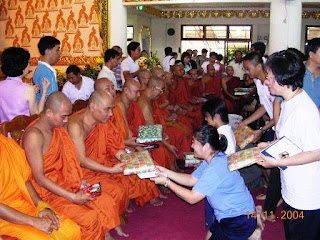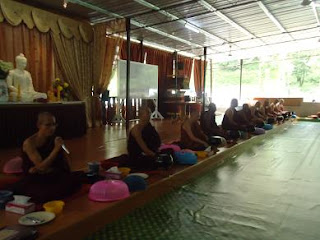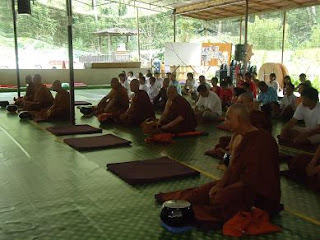Truth About Dukkha

Impermanence is a keynote in the Buddha's teachings. Down to the smallest dust speck, nothing is permanent. If it was't so, the Buddha had said, then there is nothing to practice for. Everything is conditioned, due to cause and condition joining together to create an effect, different combinations of different conditions giving rise to different effects. In many of His suttas, He tell us to reflect on our condition: Subject to parents who have died or will die one day, how could we ourselves then be permanent?? We therefore cannot progress any further in right understanding without first understanding the first of the Four Noble Truth: The Truth of suffering. The Buddha never used words casually. In this case His choice of the word dukkha had a purpose to show the cause of life. Here it means not so much the suffering of aches and pains but "du" (to be disgusting) + "kkha" (nothing, empty): that is what we assume to be doesn't exist. What we take to be a


